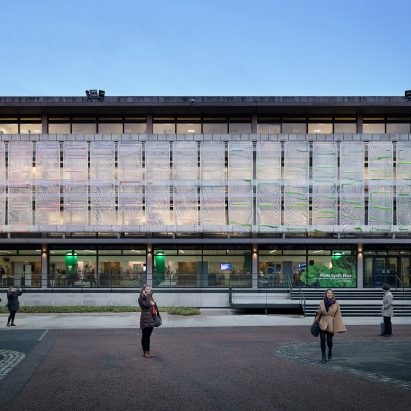
Algae curtain by EcoLogicStudio could make buildings more eco-friendly
London-based architecture office EcoLogicStudio harnesses photosynthesis in algae to remove air pollution with this living curtain, designed to rest over building facades. More

London-based architecture office EcoLogicStudio harnesses photosynthesis in algae to remove air pollution with this living curtain, designed to rest over building facades. More
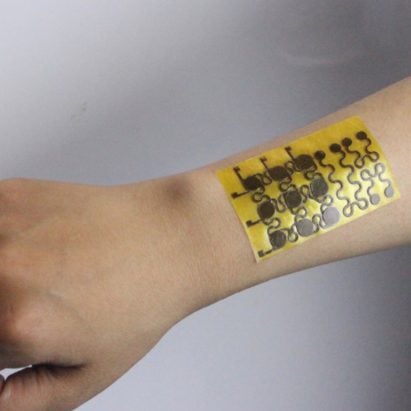
Scientists believe that a newly developed electronic skin that is able to mimic the function and properties of human skin could help to create prosthetics capable of providing sensory feedback. More
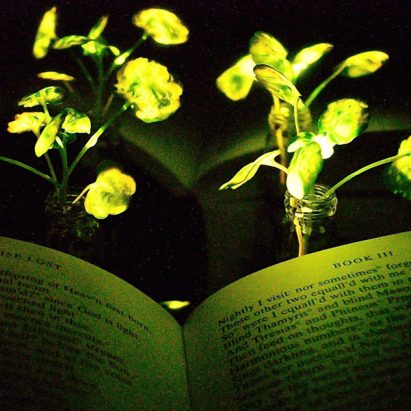
MIT has taken the first steps towards turning plants into functional lighting by embedding the firefly enzyme in the leaves of a watercress plant. More
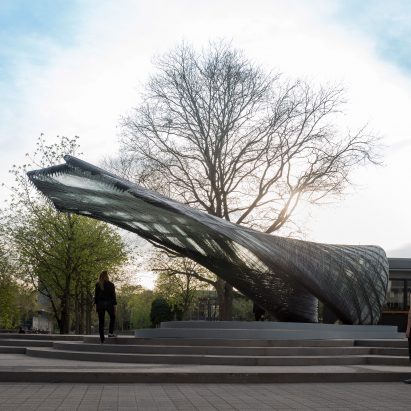
Researchers and students from the University of Stuttgart have used robots and drones to weave this carbon-fibre pavilion, which is based on the silk hammocks spun by moth larvae. More
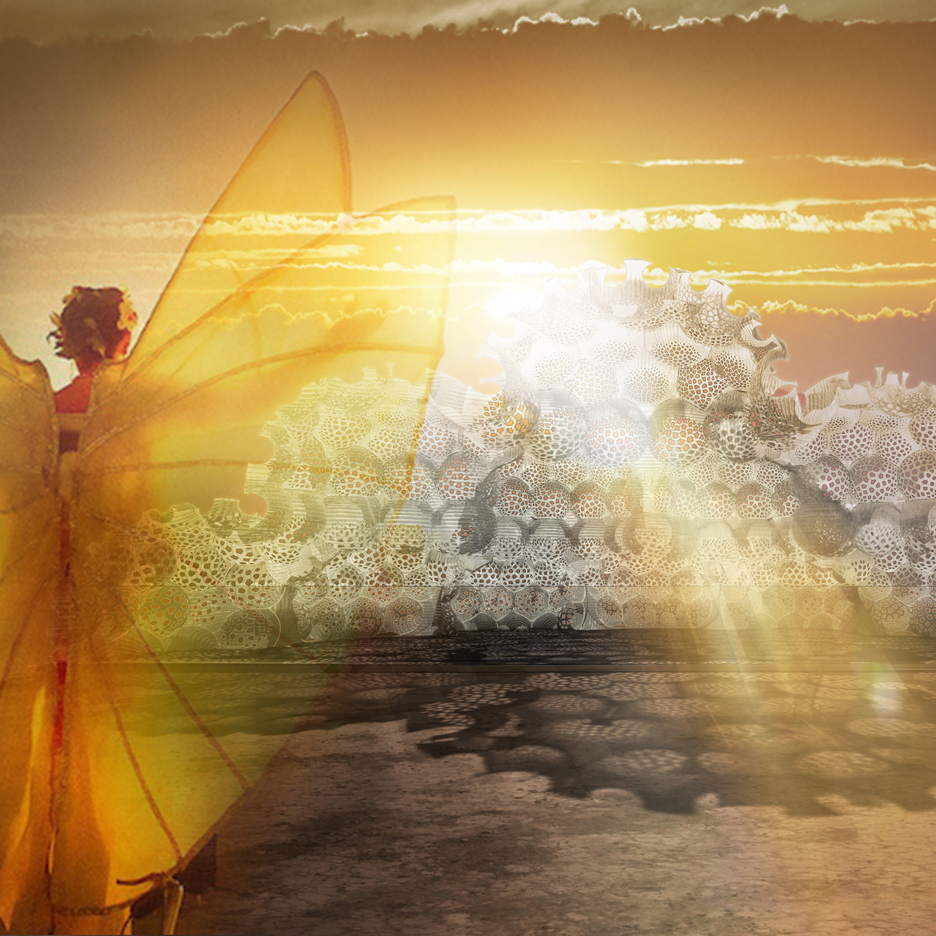
Graduate shows 2016: University of Westminster graduate Tia Kharrat has designed an architectural structure based on the eggs of a rare butterfly species (+ slideshow). More
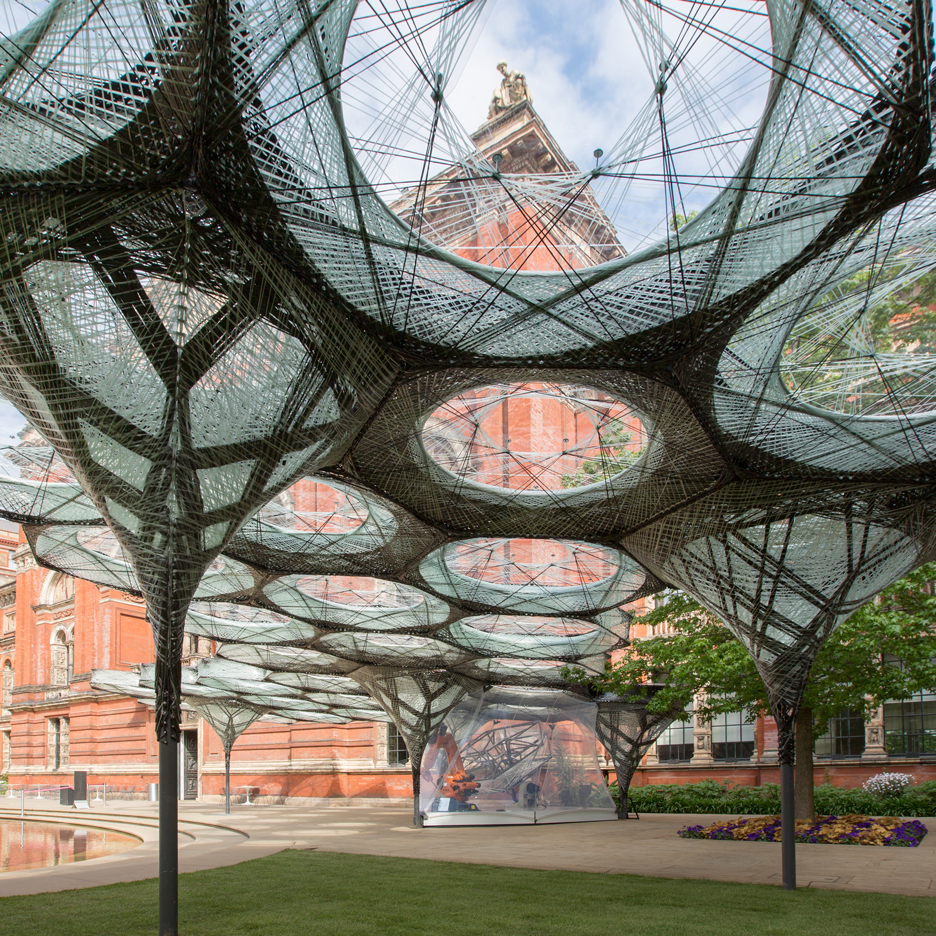
A robotically woven carbon-fibre pavilion developed by a team from the University of Stuttgart has been erected in the courtyard of London's V&A museum as part of a season of engineering events (+ slideshow). More
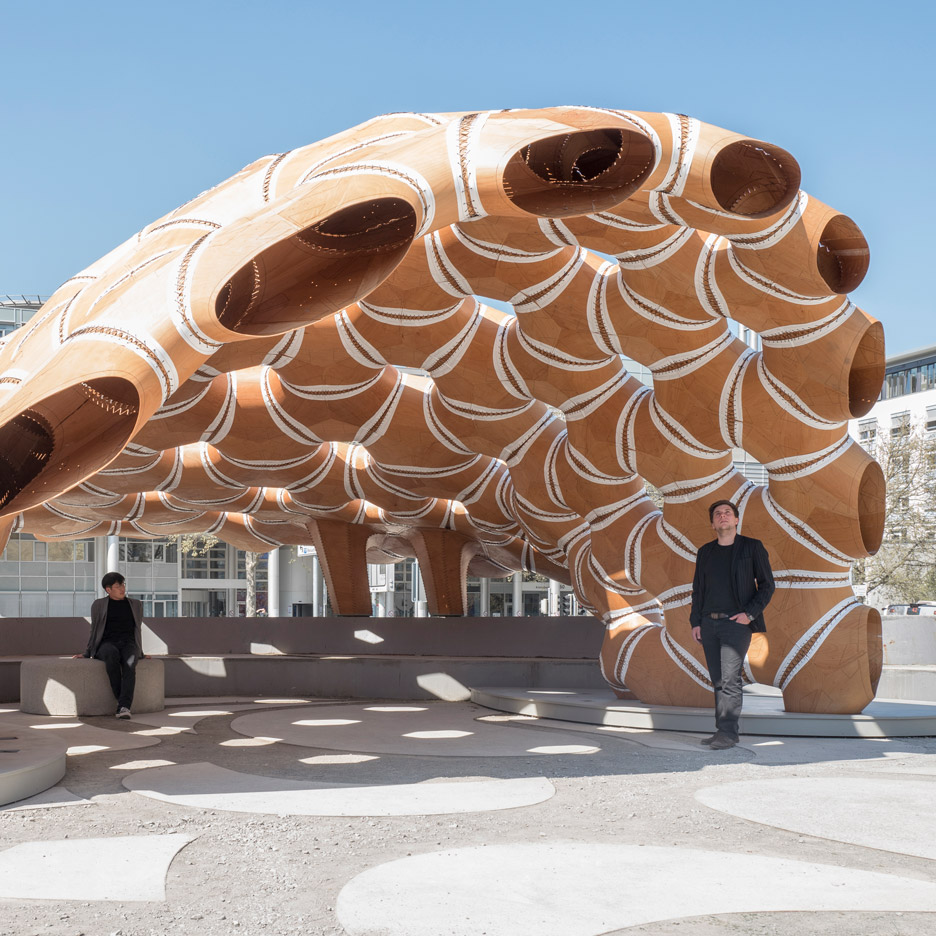
Researchers and students from the University of Stuttgart employed robots to mould and stitch together this laminated plywood pavilion, which is based on the anatomy of a sea urchin (+ movie). More
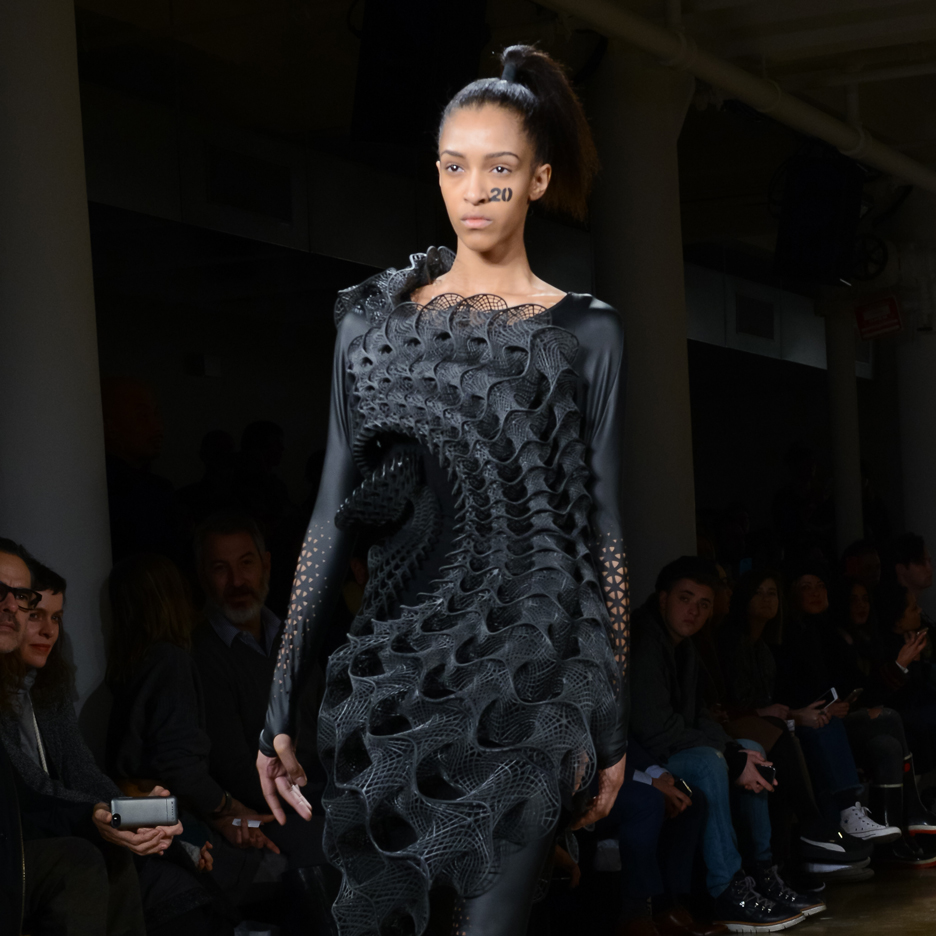
New York fashion house Threeasfour has unveiled a pair of 3D-printed dresses based on biological forms and textures. More
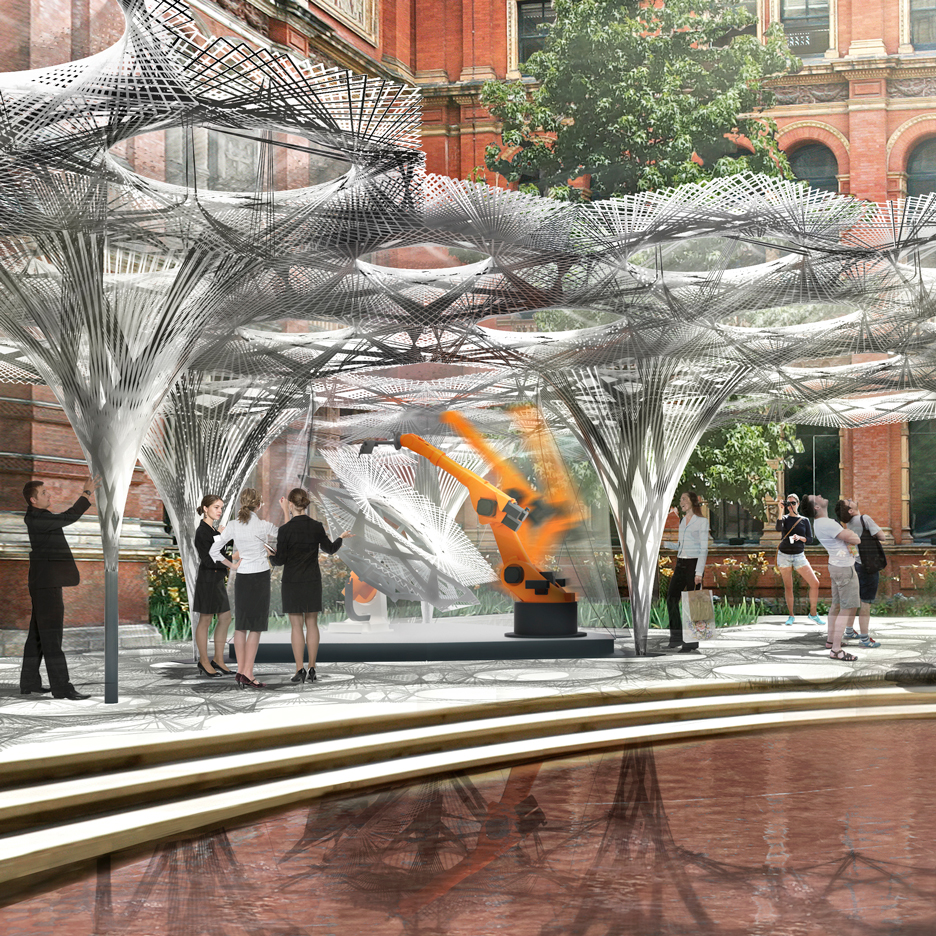
Stuttgart architect Achim Menges has developed designs for a robot-fabricated pavilion based on the wings of flying beetles, which will be erected in the V&A museum courtyard in London. More
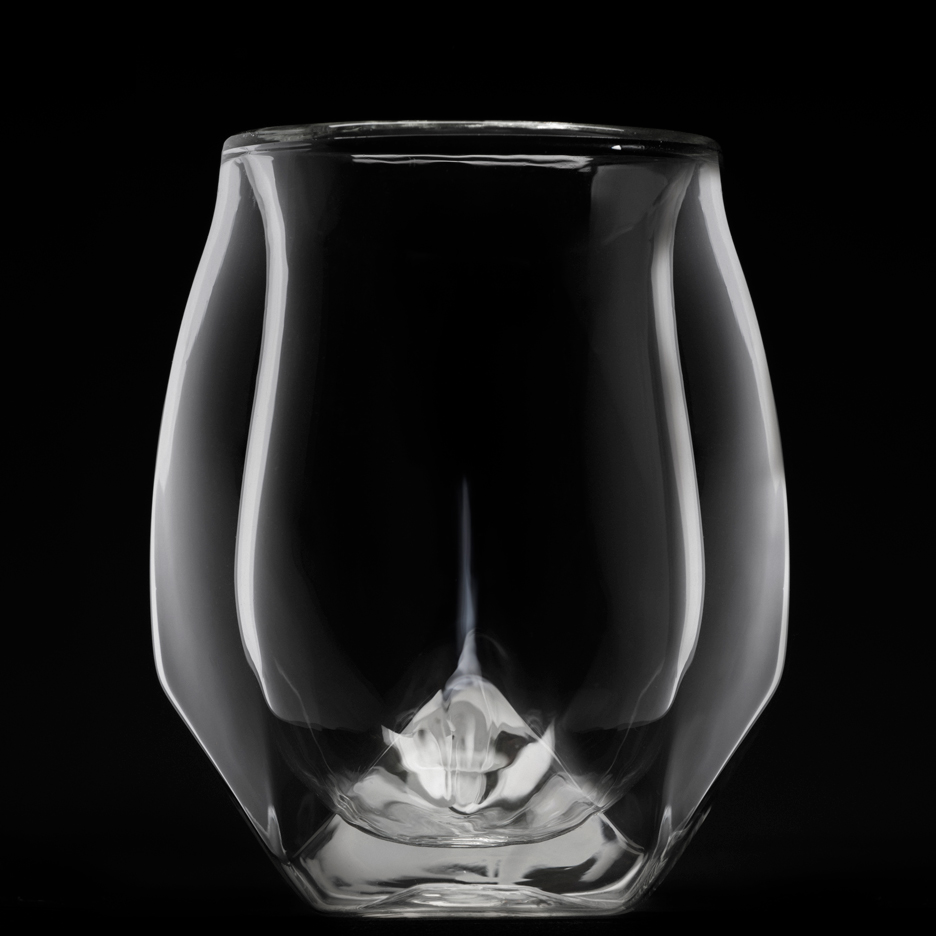
Fledgling design brand Norlan and Icelandic designer Sruli Recht have launched a Kickstarter campaign to raise funding for a whiskey glass that creates waves in the alcohol to aerate it. More
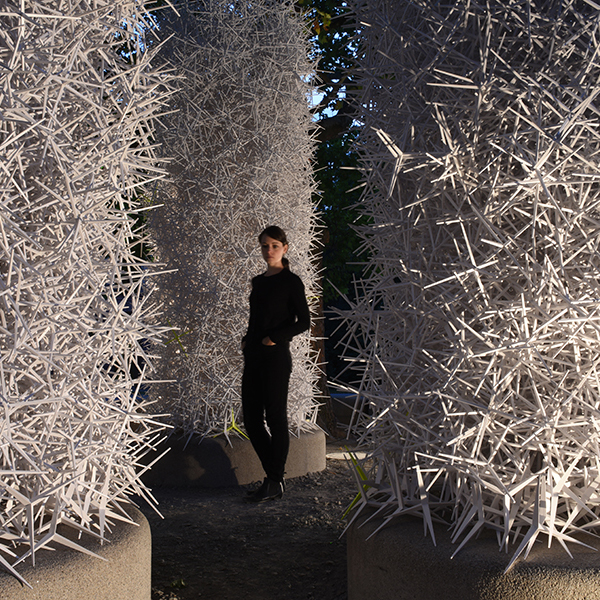
Researchers and students from the University of Stuttgart used 30,000 spiky components and a robot to create a pavilion described as the "first architectural structure realised with a designed granular system" (+ movie). More
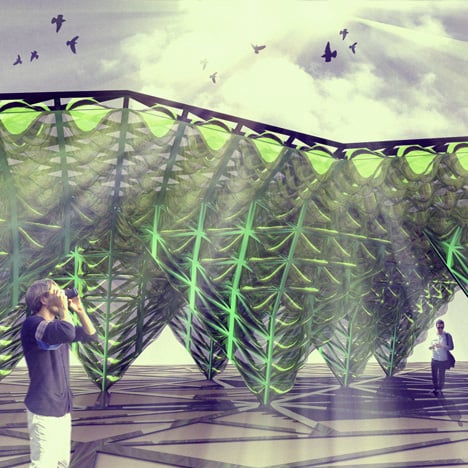
Dezeen and MINI Frontiers: in this movie Marco Poletto of EcoLogicStudio claims the integrated algae farm and cladding system his practice will showcase at the 2015 Milan Expo could be used to power cities in future. More
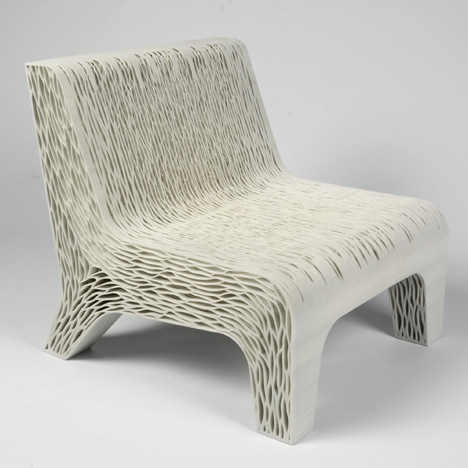
Dezeen and MINI Frontiers: Dutch designer Lilian van Daal claims 3D-printing can replace traditional upholstery techniques to produce spongy-surfaced furniture in this movie filmed in Eindhoven. More
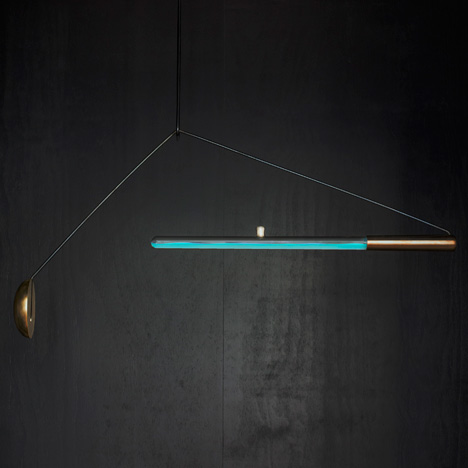
Dezeen and MINI Frontiers: Dutch designer Teresa van Dongen explains how she created a lamp powered by bioluminescent bacteria usually found on octopuses, in this movie filmed in Eindhoven. More
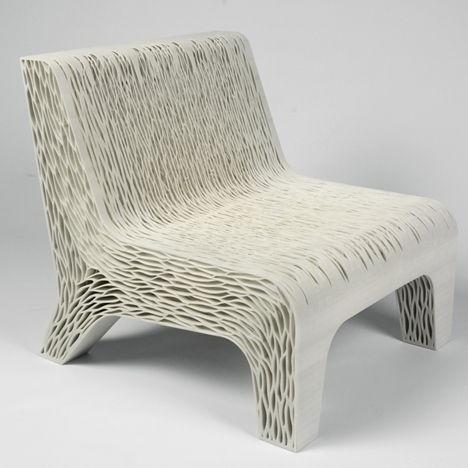
Design graduate Lilian van Daal has developed a conceptual chair influenced by plant cells that could be 3D-printed from a single material (+ slideshow). More
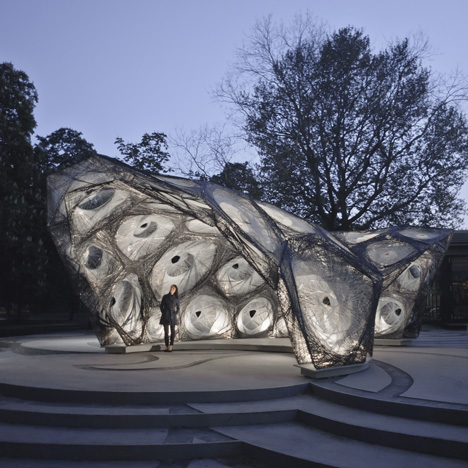
A robotically woven carbon-fibre pavilion based on the lightweight shell encasing the wings and abdomen of a beetle is the second structure revealed this week from the team of architects and engineers at the University of Stuttgart (+ movie). More
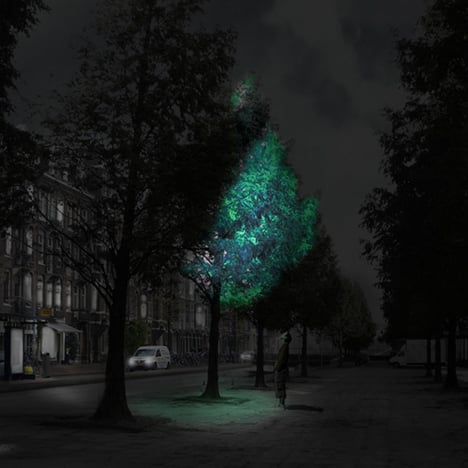
Dezeen and MINI Frontiers: Dutch designer Daan Roosegaarde is exploring ways of using bio-luminescent bacteria found in jellyfish and mushrooms to create glow-in-the-dark trees that could replace street lights. More

The spiky modules used to build this curving pavilion in Stuttgart, Germany, are made from a bioplastic containing over 90 percent renewable materials (photography by Roland Halbe). More
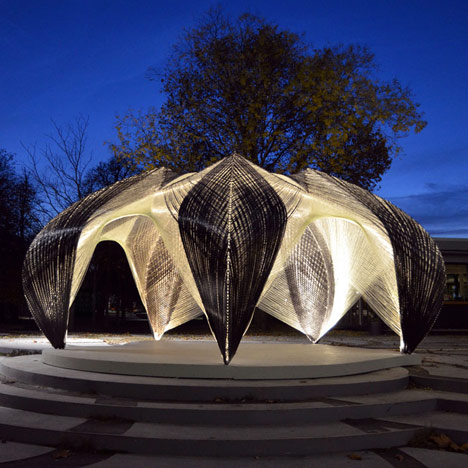
Researchers at the University of Stuttgart programmed a robot to wind 60 kilometres of carbon and glass fibre filaments into this pavilion inspired by a lobster's exoskeleton (+ movie + slideshow). More
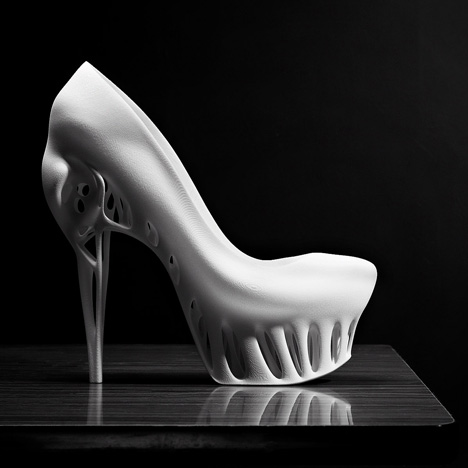
A bird's skull inspired the hollow heel of these 3D-printed shoes by Dutch fashion designer Marieka Ratsma and American architect Kostika Spaho. More